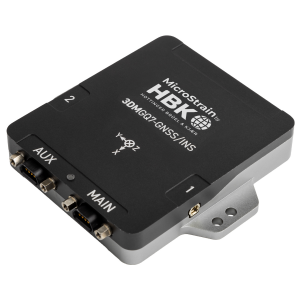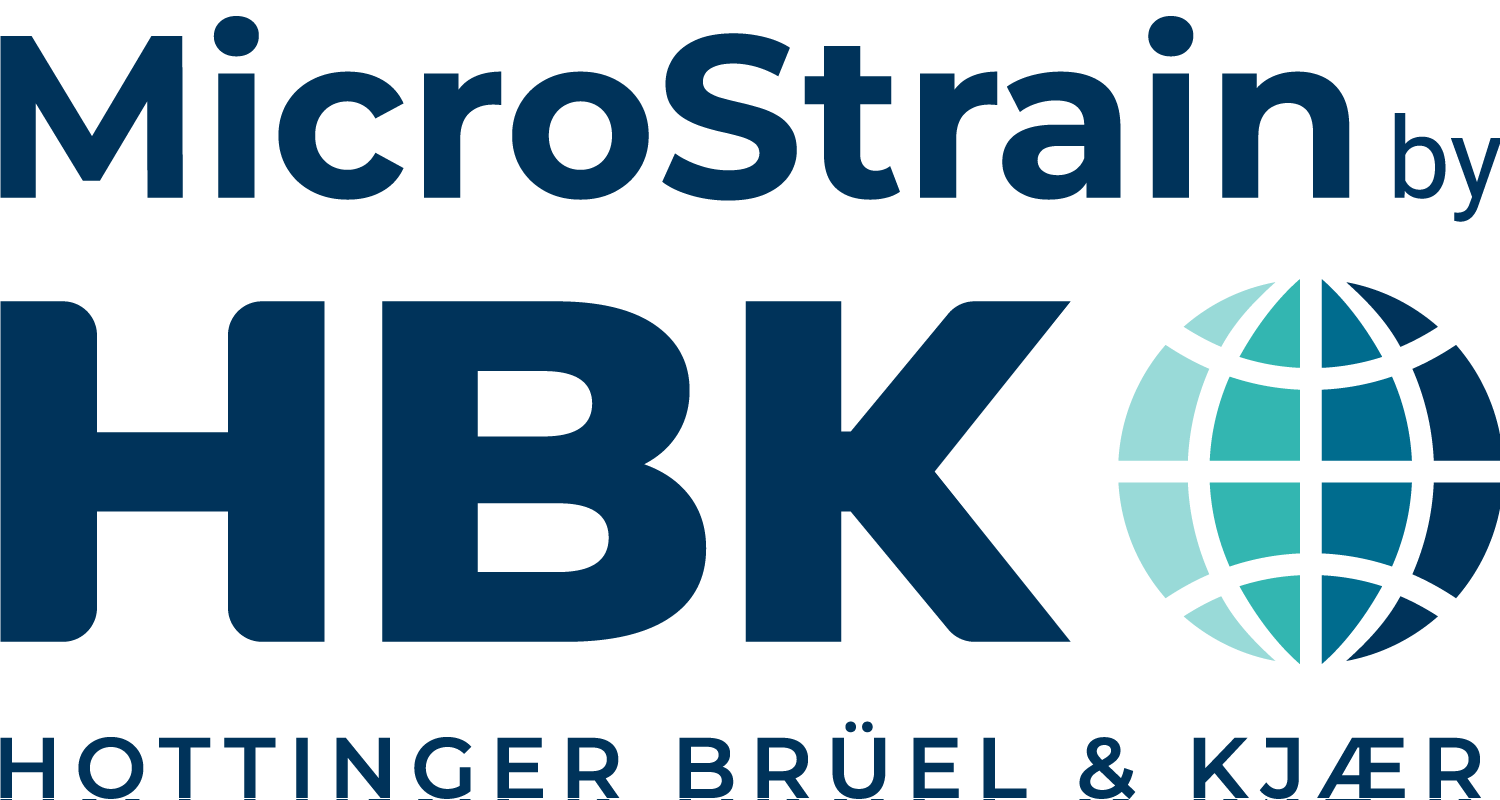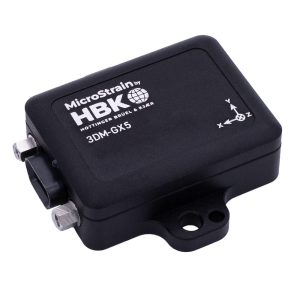

GNSS Inertial Navigation System Versus a Pure GNSS Navigation System
A common challenge in selecting a navigation device is deciding between a traditional GNSS positioning system or a combined GNSS/inertial navigation system. A GNSS/INS offers several benefits over a pure GNSS receiver, although they generally come with an increase in cost, size, and system complexity.
The following are the main benefits that MicroStrain Sensors has identified for using a GNSS/INS, such as the 3DMGQ7.
- Data output rates: Most GNSS receivers can output position data at relatively low rates, generally in the 5-20Hz range. An INS can rapidly integrate inertial data, which allows for an increase in the data output rate. In the 3DMGQ7, the Extended Kalman Filter outputs a navigation solution at a maximum rate of 1000Hz. In applications with high rate control loops or highly dynamic motion, the data output rate is critical for performance.
- Attitude data: A traditional GNSS system only has the ability to output position and velocity data. With the addition of inertial sensors, an INS adds pitch, roll, and yaw to the navigation solution. In many navigation applications, such as legged robotics, quadcopters, and aircraft, attitude data is required for balance and stabilization.
- GNSS outages: Finally, one of the greatest benefits of an INS is the ability to operate in GNSS denied environments. Without satellite coverage and a clear view of the sky, a GNSS system quickly loses the ability to estimate position. The following figure shows a comparison between the 3DMGQ7 INS position (red) and pure GNSS position (blue) while going through a set of tunnels. The GNSS solution quickly starts to diverge from the travelled path, while the INS solution tracks the road perfectly.
Do you have questions about this case study?
Get in touch with MicroStrain by HBK, and they would be happy to answer any questions you have about pricing, suitability, availability, specs, etc.







![Do-Giant-Tortoises-Make-Good-Neighbors-1[1].jpg](https://cdn.geo-matching.com/vRMO2Edp.jpg?w=320&s=a6108b2726133ff723670b57bc54c812)



